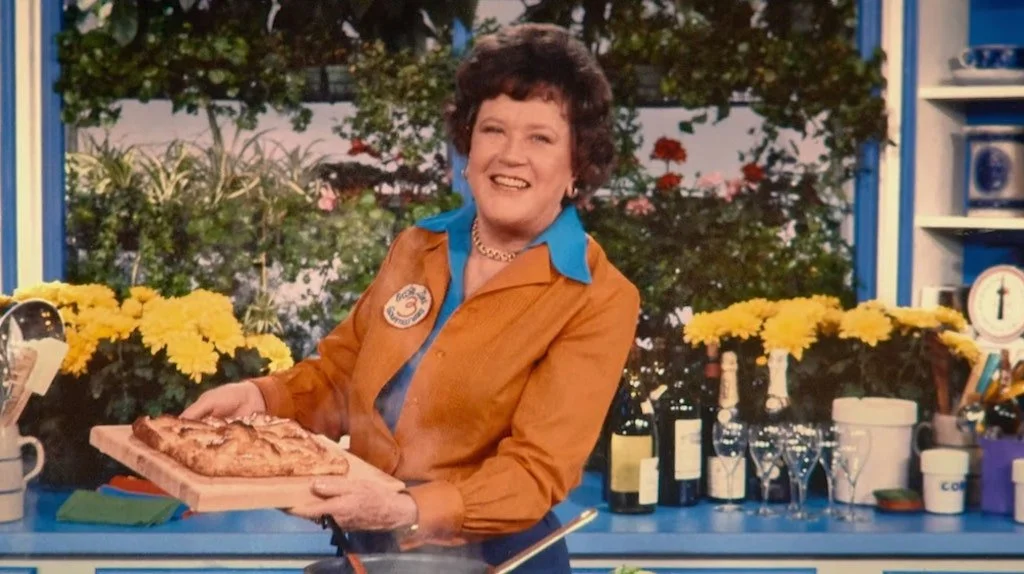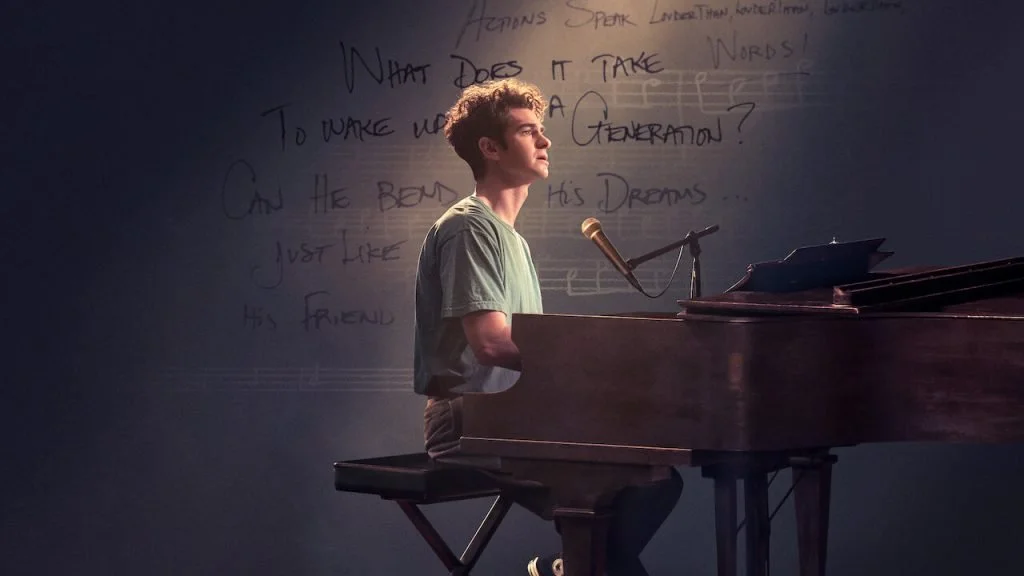ENCANTO
Directing: B
Acting: B
Writing: B-
Cinematography: B
Editing: B-
Music: B
Animation: B+
Encanto is Spanish for Charm, and when it comes to this movie . . . it has its moments. It’s hardly a complete waste of time, but, when it comes to a magic house containing a family of people who nearly all possess a magical gift, I expect the experience to be a little more . . . well, magical.
I don’t quite know how to put my finger on it, except to say that Encanto is adequately entertaining, which leaves it below the standards of your average Disney Animation feature. Granted, even with their own slight falterings over the past decade or so, Pixar is a far more reliably great source for feature animation, but Walt Disney Animation Studios has more than proved its own capability, from Bolt (2008) to Zootopia (2016)—even Frozen (2013) is quite good, if you can get past how wildly overrated it is. Listen to me, over here harping on kids whose obsessions have made a movie “overrated.”
I suppose that brings us to a possibly crucial distinction with Encanto. Will kids like it? I don’t have a clue, although I would bet money it won’t hit a zeitgeisty nerve the way Frozen did. I can only speak from my jaded adult perspective, which isn’t even as jaded as I can try making it out to be; I am powerless to the charms of animated features, when their charms are effective.
I do find myself wondering how Encanto will play in Colombia, the nation in which the film is set, with most of its voice talent either Colombian or of Colombian descent. This of course elicits immediate comparisons to the stellar 2017 Pixar film Coco, with its Mexican setting, cast and themes. Bestowing such homage to any other country and culture, provided it is done with sincerity and sensitivity (and ethnically appropriate casting), would be wonderful. I rather wish Colombia had gotten the same treatment, but this pales a bit in comparison. But what do I know? I’m just a white guy who has never been any closer to Colombia than Texas. Clearly, though, the power of representation cannot be overstated, and yet it’s not difficult to find mixed reviews or debates among Colombian people.
For me, Encanto just didn’t reach me the way I wanted it to. There was something inaccessible about it, perhaps partly because of the original songs by Lin-Manuel Miranda, who is of mostly Puerto Rican and not Colombian descent. He’s also very much an American, and although the songs here have certain flair that reference Latin styles, it hews far closer to Broadway tunes. They are very competently written songs, but nothing within the realm of unforgettable or classic music. (The music of Coco came across as far more specific to the culture being represented.) As a result, much of Encanto comes across as a by-the-numbers musical.
It’s quite pretty, at least; there is no question the animation is the best thing about it, with its tropical landscapes and floral tableaus. The protagonist is Mirabel (Stephanie Beatriz), the only person in her extended family who was never granted a magical gift. She has a mother who can heal people with her cooking; a sister who can make roses bloom at her touch; a cousin who is so strong there is nothing she can’t pick up; another cousin who can shape shift; another who can communicate with animals. A reclusive uncle, Bruno (John Leguizamo, by far the most famous voice in the cast), can see quasi-abstract visions of the future. Mirabel is the only one in the family really seen talking to the house itself, which communicates right back, but apparently this doesn’t qualify as a “gift.”
All of this makes for a lot of fun and often amusing antics, but it also serves to convolute the plot, which never quite finds true clarity. Sure, it’s a little boneheaded to demand that a cartoon make logical sense, but having a fully coherent narrative structure isn’t too much to ask. This movie’s team of three directors and eight writers seem to have thrown all their ideas at a wall and just run with anything that did not immediately slip away. Unfortunately, this movie’s story immediately slipped away from my memory as soon as I left the theater.
Encanto is fine, but its disappointment lies in how much better it could have been, instead of something the skates a little close to rote. All films are a collaborative effort, but none more than an animated feature, and the animators go a long way to making this movie watchable—although, alas, I can’t say it commands viewing in the theater. This would have done just as well as a streaming release, or maybe even better. The filmmakers do well in their casting of Latin voices, and showcasing Colombian culture and history, however superficially. It occurred to me that this is an animated feature film without a single non-Latino white character in it, and the characters onscreen run the gamut of skin tones, from quite pale to Black. These are very much good things, and hopefully a step toward such diversity of representation more often. Here’s hoping the next one to come along has that spark of narrative magic not yet reached.
At least it’s pretty.
Overall: B-





